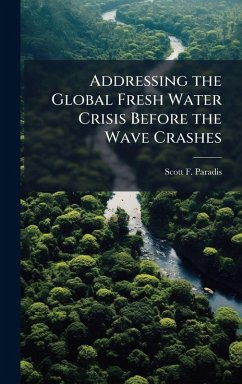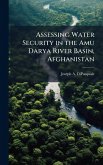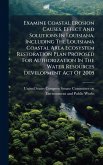Threats to national security reach far beyond what has traditionally been viewed as the risk of state-on-state conflict. The US National Security Strategy focuses on the threats of global terrorism, regional conflicts, and the proliferation of weapons of mass destruction, but fails to address the root causes of these threats and therefore lacks the foresight to mitigate substantive risks before they manifest as destructive forces. Environmental degradation and resource shortfalls, most notably access to fresh water, brought on by a burgeoning global population threaten to foster social unrest, destabilize regions, and negatively impact international commerce. The global fresh water crisis is a threat to US national security -- a threat the United States can address proactively. This work has been selected by scholars as being culturally important, and is part of the knowledge base of civilization as we know it. This work was reproduced from the original artifact, and remains as true to the original work as possible. Therefore, you will see the original copyright references, library stamps (as most of these works have been housed in our most important libraries around the world), and other notations in the work. This work is in the public domain in the United States of America, and possibly other nations. Within the United States, you may freely copy and distribute this work, as no entity (individual or corporate) has a copyright on the body of the work. As a reproduction of a historical artifact, this work may contain missing or blurred pages, poor pictures, errant marks, etc. Scholars believe, and we concur, that this work is important enough to be preserved, reproduced, and made generally available to the public. We appreciate your support of the preservation process, and thank you for being an important part of keeping this knowledge alive and relevant.
Bitte wählen Sie Ihr Anliegen aus.
Rechnungen
Retourenschein anfordern
Bestellstatus
Storno








